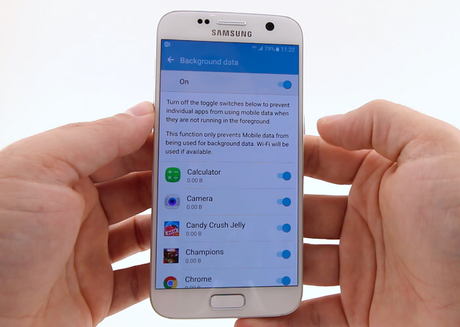
Here are a few roles that a mobile app plays:
Recharge companion
You no longer have to worry about losing access to any of your services because of non-payment. With easy mobile recharge apps, simply make the payment to the vendor and start using the service. In fact, you can make payment or recharge mobile or that of a loved from sitting miles away from them. All you need to do is have the app on your phone, and for some reason you don’t simply download it. Downloads take a couple of minutes, and some apps don’t even require you to be registered with them.Carrier Billing
Mobile applications following this model let customers make purchases on a mobile app using mobile billing, also known as carrier billing. These transactions are based on a 2-factor authentication process involving an OTP and a PIN. Telecom operators like Airtel are making use of this model.In such mobile payments, the carrier pays the charges. These charges are then passed to the consumer’s next mobile bill cycle. This mobile payments application model is employed for facilitating a secure and easy recharge.
Card-based Payments
These mobile applications integrate payment gateways to allow consumers to make purchases by entering their credit card details. Most of the eCommerce mobile applications make use of this model.This is so because when payment vendors can automatically as well as securely evoke a consumer’s card information, it facilitates a simple click-to-buy experience. This results in an increase in the conversion rates for additional payments.
eWallets
Mobile applications with this model allow customers to make 1-click payments. This is because the user’s card information is stored securely. Mobile wallets require clients to enter card information only once.Later, they can simply enter an amount they wish to credit to the mobile wallet. An online recharge app is highly likely to follow this mobile payments model.
Banking Apps
This model is adopted by banking organisations and financial services providers. Owing to the digital India movement, most of the banks have launched dedicated applications that enable customers to enjoy managing their accounts from their mobile device.These apps are available for both Android and iOS devices. Such apps allow customers to check balance and banking transaction through mobile app, transfer money, make payments for bills and services using OTP, and do lots of other things.

